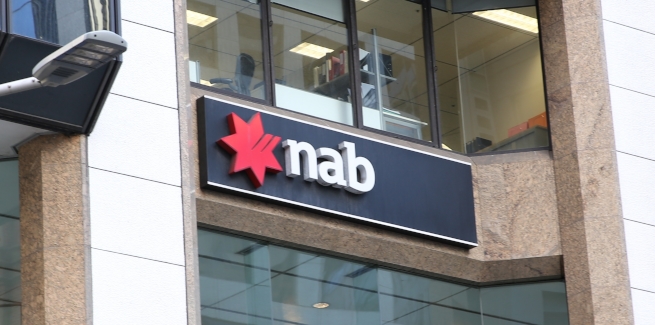NAB’s latest monetary policy update has revealed the major bank’s position on when the RBA will lift the cash rate, with an initial hike of 15 bps expected to occur during August.
According to the report, which was co-authored by six NAB economists including group chief economist Alan Oster, the Reserve Bank is also expecting the cash rate to grow by an additional 25 bps in both September and November, while keeping the exchange settlement balance at 10 bps below target.
“This will see the cash rate target back to pre-pandemic levels of 0.75 per cent by the end of 2022,” the report added.
NAB has also speculated that an additional two hikes in September and November will see the cash rate level in effect to pre-COVID levels at around 0.75 per cent, followed by six further rises across 2023 and 2024 to bing the rate to 2.25 per cent by the end of 2024.
One justification for this position is a better-than-expected figure for unemployment, with the big four bank’s internal data predicting unemployment to fall by 4 per cent by March and 3.5 per cent by the second half of the calendar year.
According to the Australian Bureau of Statistics, the unemployment rate in January this year was 4.2 per cent, dropping from October’s peak of 5.2 per cent.
The RBA’s latest monetary policy, published on 1 March, predicts unemployment will fall below 4 per cent “later in the year and to remain below 4 per cent next year”.
“Such a tight labour market will focus attention squarely on the nominal side of the economy,” the report stated, adding that supply-side pressure “pushed annual trimmed-mean inflation into the top half of the RBA’s target band in Q4”.
“We now expect quarterly trimmed-mean consumer price inflation (CPI) to print around 1 per cent in both Q1 and Q2, putting inflation at around 3.75 per cent by mid-year.
“We expect that by August – after the release of Q2 CPI data – the RBA will have sufficient evidence of very low unemployment, strong inflation, and progress on wages to begin the process of normalising, starting with a 15 basis point increase to lift the cash rate target to 0.25 per cent.”
However, while recent figures do indicate positive growth for Australia in recent months, prior to the RBA’s rate decision for March, market players speculated that Russia’s invasion of Ukraine could impact the central bank’s position on a rate hike.
RBA governor Philip Lowe commented, in a statement on the central bank’s monetary policy decision: “The global economy is continuing to recover from the pandemic. However, the war in Ukraine is a major new source of uncertainty.
“Inflation in parts of the world has increased sharply due to large increases in energy prices and disruptions to supply chains at a time of strong demand. The prices of many commodities have increased further due to the war in Ukraine.”
The RBA has previously aimed for annual inflation to be “sustainably” within the 2 to 3 per cent range before it hikes up the cash rate.
In its report however, NAB said this will not change the August prediction, with the report stating, the context of higher commodity prices or a dampening in both consumer and business confidence, this backdrop is likely to support “a gradual normalisation of policy in the near-term and the RBA could choose to wait longer to see how the situation plays out and how inflation and wages evolve”.
The figures reflected a similar position held by Commonwealth Bank, which expects interest rates to increase to 0.25 per cent by June, rising to 1.25 per cent in early 2023.
However, not all economists agree that the RBA will increase rates earlier than anticipated.
Bluestone Home Loans consultant economist Dr Andrew Wilson said last month the RBA isn’t likely to increase rates, nodding to how the current wage growth is still below the 3 per cent threshold alluded to by the central bank as necessary for an increase.
[Related: Ukraine war weighs on RBA's rate deliberations]
 ;
;